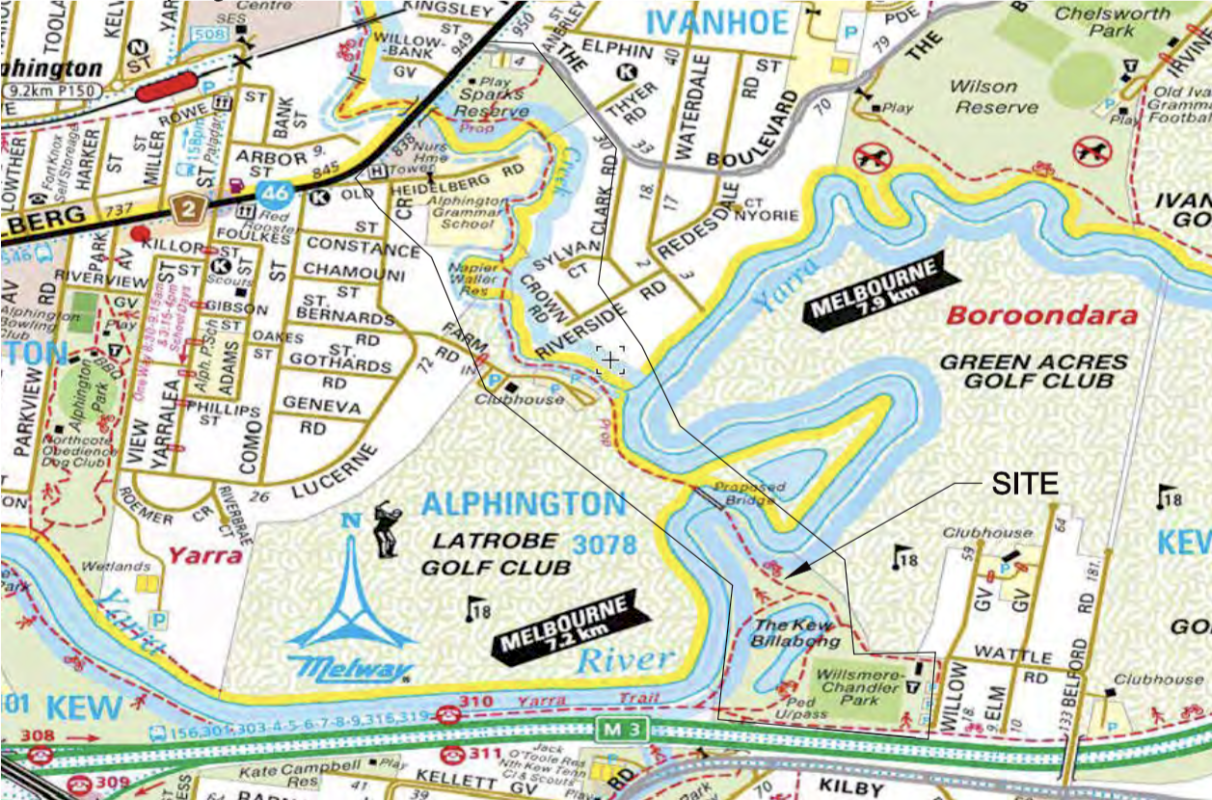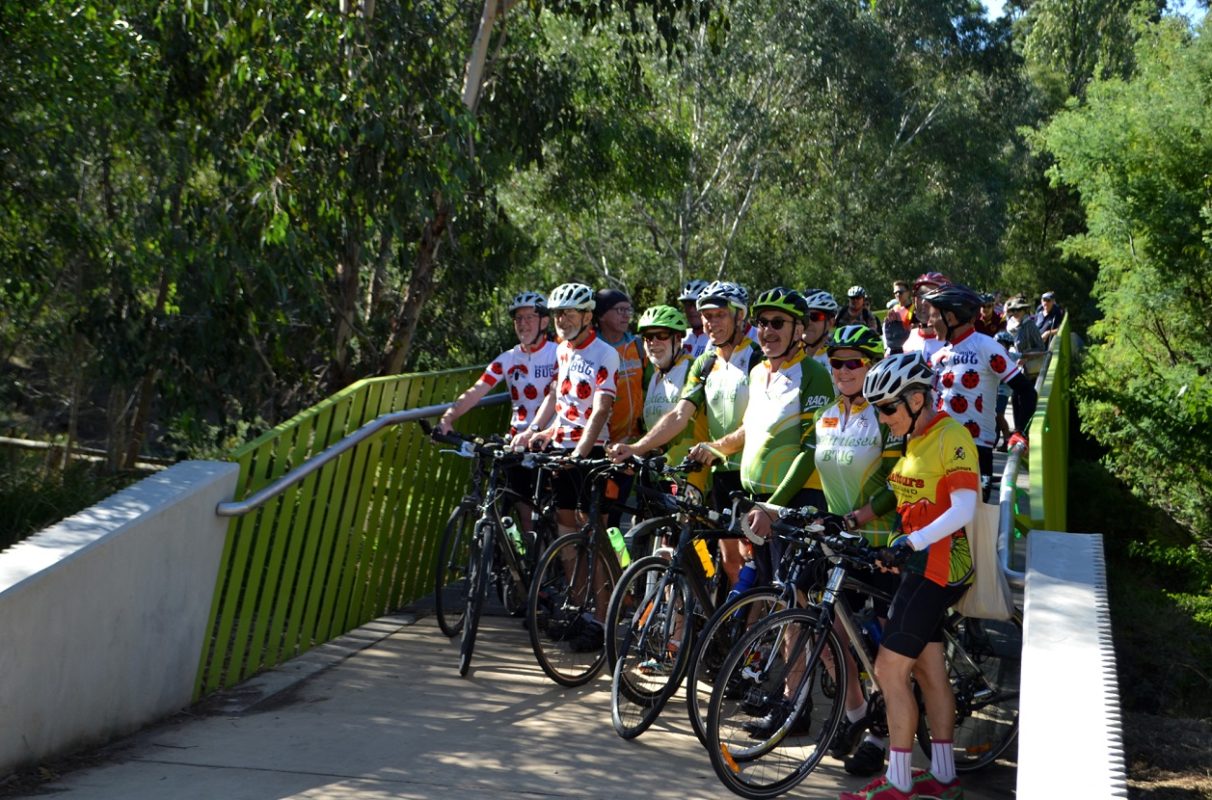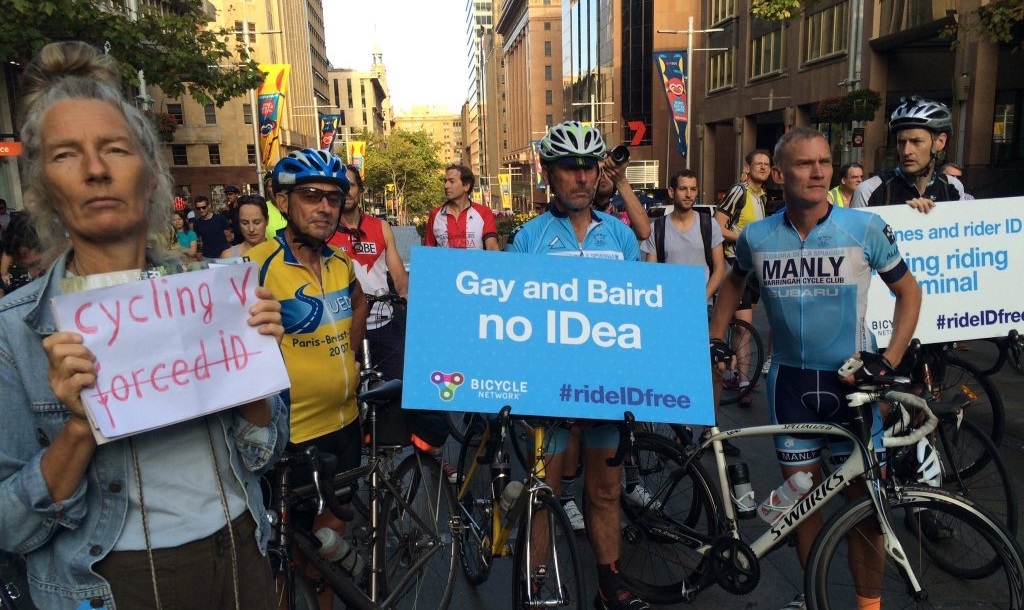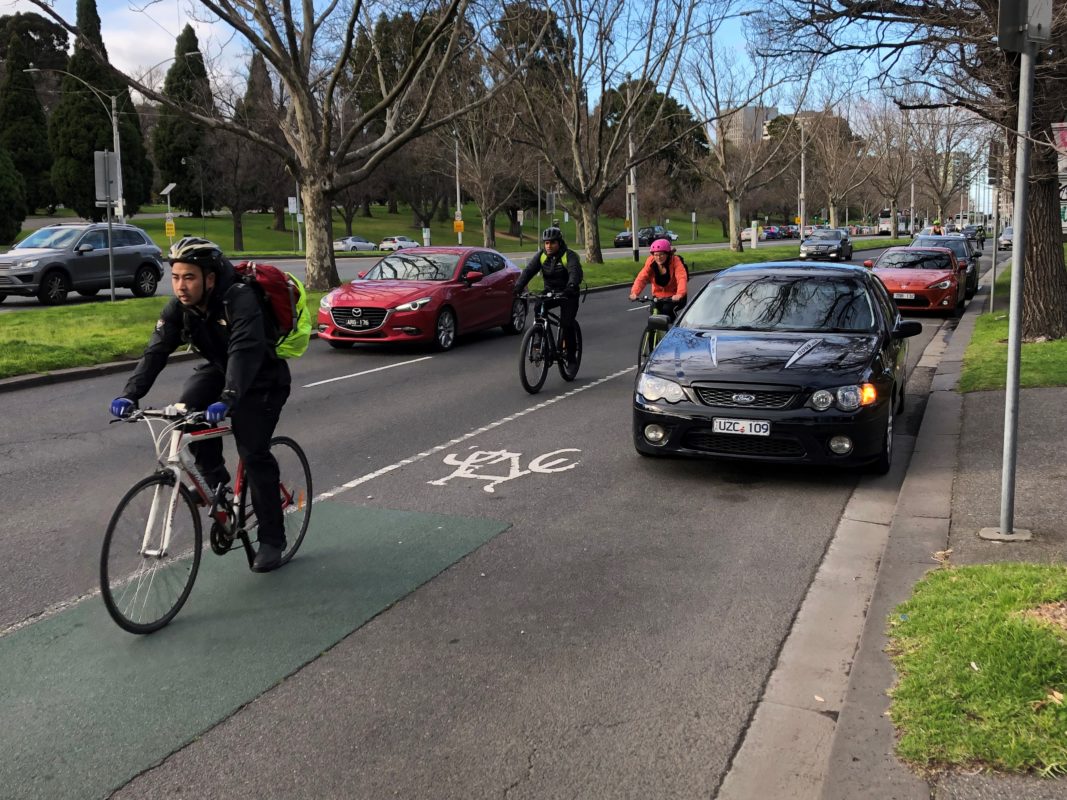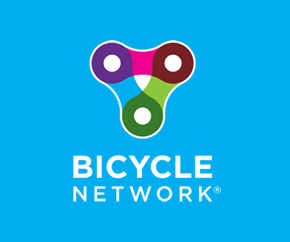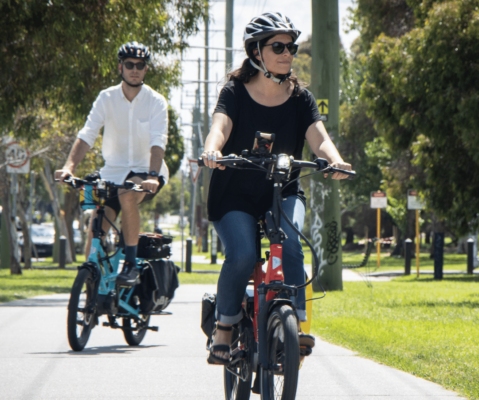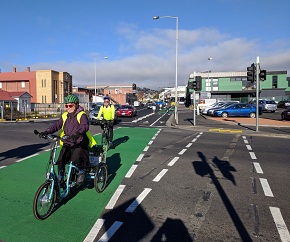How does Bicycle Network work to make riding easier? CEO Craig Richards explains the tricky but important advocacy process.
One of the two main reasons people become Bicycle Network members is because of our work to improve conditions for people who ride (the other is the support we provide riders when something goes wrong).
Recently, we’ve received some interesting member feedback about our advocacy.
We’ve been criticised for not pushing hard enough for bike riders with comments such as "why aren’t you fighting harder for this project?" or "you just want to suck up to the government."
At the same time, we’ve been told that we’re pushing too hard. Members have said things like, "you need to consider the needs of people other than bike riders, their views are valid too", or "you’re too outspoken, people will hate us."
This shows just how difficult advocacy is. It’s like riding a bike on a tightrope.
Given the polarising and contradictory feedback, I thought our members and the wider bike riding community might appreciate an explanation about some of the nuances involved with our vital advocacy work.
A great challenge is showing progress across our advocacy and campaigns to our loyal members. One reason for that is that it can be a slow burn with many moving parts – the Darebin Bridge was a 20-year campaign! Another challenge is we’re often trusted with confidential information that we simply can’t reveal.
Therefore, I thought explaining the general strategy might help.
Much of the thinking comes from the brilliant minds of our Bicycle Institute of Victoria and Bicycle Victoria pioneers and forefathers/mothers. They left us a legacy that, as one of the current custodians, I strive to make sure we treat with great respect.
In the 1970s and 1980s, our pioneers fought the hard yards. I’ll lean on the wise words of Mahatma Gandhi to explain the challenge of creating change through advocacy succinctly:
“First they ignore you, then they laugh at you, then they fight you, then you win.”
Thanks to our founders, we’re now somewhere between fighting and winning. Governments almost universally understand and agree that increasing the number of trips on bikes is better for everyone. But currently, it’s not seen as a vote winner so they’re reluctant to act.
To help explain how we go about changing that reluctance, I thought I’d reveal three overarching principles we apply to our advocacy; and one we avoid.
How we work for people who ride
1. Get a seat at the table
Maintaining strong relationships with the government at all levels is vital. It’s hard to be heard when no-one is listening.
Bicycle Network has worked hard for more than 40 years to build a solid reputation and earn the respect of decision makers. As a result, they come to us every week for advice on bike issues.
Here, our members play a vital part: the more members we have, the more governments listen. It’s why each and every member matters to us.
However, there are times when you need to stand up from the table and excuse yourself.
We did this with compulsory identification for bike riders in NSW. Once it became apparent the reference group were going to approve this draconian measure, we opted out of the group.
It might have meant that we were outside the tent, but that was where we needed to be to defeat a law that would’ve been unjust for many bike riders.
2. Don’t let perfect get in the way of better
Another interesting campaigning principle is, ‘if you get 75% of what you want, declare victory and move on.’ It acknowledges that the competing interests of different groups will mean it’s unlikely that you’ll get everything you want.
The compromises in bike infrastructure are all around us. Often what’s built is not perfect, but it is better than what it was before.
The problem with holding out and only accepting perfection is that projects can then take more than a generation to complete. That’s a generation lost to physical inactivity while missing out on the simple pleasure of riding a bike.
It explains why so many projects are incremental. Start with a painted lane. Then get a buffer zone. Then add some vibra-line. Then finally, nirvana: a fully separated lane.
It’s frustrating and time consuming – welcome to advocacy!
3. You can do anything but not everything
A question we’re often asked is, ‘how do you decide what to advocate for?’.
There’s a never-ending list of things that need to be done in Australia if we’re going to become truly bike friendly. The priorities are endless. To help sort the list with an eye on our goal, we use a VIP formula: Visibility, Impact and Probability.
Visibility is important because the more people who hear about a project, the greater the support and potential for other similar projects.
Impact is the holy grail because they’re the projects that are going to get more people riding bikes more often.
Thirdly, the pragmatic part is we want things to actually happen, so we consider the real probability of the idea becoming reality.
Of course, it doesn’t mean that the projects we aren’t focusing on aren’t important or won’t happen. We just recognise that with too many balls in the air you might not catch any of them.
One to avoid – trading away bike riders rights
One thing our society is very used to is trade-offs.
At times we can receive an offer, ‘concede that one and we’ll give you this one.’
It might be tempting to notch up a victory, but it always comes at a cost and more often than not, the cost is not worth it.
We will never accept an outcome that puts the lives of people who ride at risk or places bike riders in a worse position than before.
We think it’s important to stand strong, judge each issue on its merits and leave the wheeling and dealing to the horse traders.
While we’ve come a long way in our quest to make Australia a nation of bike riders, there’s still a long way to go. We’ll only achieve the dream of a place where everyone who wants to ride a bike can do so easily if we stick together.
Thank you so much for your membership. Without you, our advocacy work wouldn’t have the impact it currently does.
Of course, if ever you’re unsure of our position on an issue, let us know and we’ll be happy to explain it.
What we're working on
Current campaigns
Bicycle Network make a number of submissions to government throughout the year to help make bike riding easier.
People of all ages are jumping on e-bikes to take on headwinds and carry cargo home from the shops. Will you join the movement?
Together we can build more All Ages and Abilities cycleways so people aged 8-80 feel comfortable riding for transport
Become our friend
Find out more about Bicycle Network and support us in making it easier for people to ride bikes.



